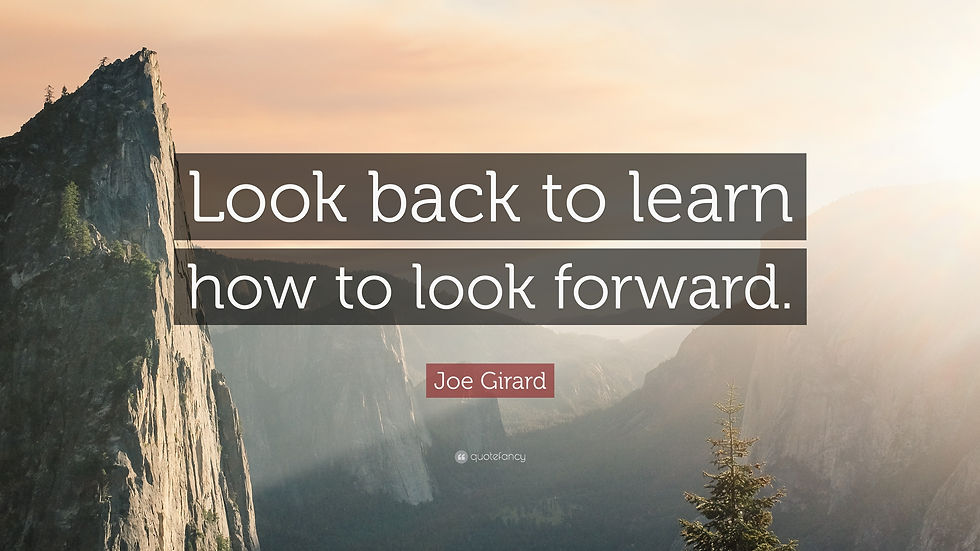Plan of Action
- Anne Marie DeCarolis

- Jan 1, 2024
- 2 min read
Skill development occurs at varying speeds and degrees but is never static. Each year the industry advances, needs change and personal prowess adjusts. A zero-sum gain is not made of the same components even if the outcome appears the same. We are always growing and changing. To grow in advantageous ways and change according to our needs and goals, professionals cannot afford to wait and hope or stop at an abstract goal on a vision board. We need an action plan.

What’s in a Name?
Whether at the start of the year or to recalibrate part-way through, many write Personal Development Plans (PDP) or Individual Development Plans (IDP). Some refer to such documents as Development Action Plan (DAP). I would argue that these naming distinctions are more than semantics. While a plan is focused on the individual and personal by nature, both of these titles deemphasize how critical action is and misrepresent the support one needs to be successful. Development does not occur in a vacuum, and without action, dust accumulates on our well-intentioned goals.
What’s in a Plan?
Many templates exist for composing a DAP. The key elements of a strong one address:
What skills you want to develop
Why you want to develop them
How you plan to make progress through small actionable steps
Where valuable resources are
Who is able to help
What success looks like
When and how you will measure progress
How you will face challenges and setbacks
All of these elements, organized according to the 70:20:10 Model can be found in the Today’s Unicorn Talent DAP template available in the free Resources collection.
Holding the Pen
Another common curiosity about DAPs is who develops and owns them. The latter is simple – the individual owns his/her own growth and career while receiving support from leaders and colleagues. If a leader is driving the effort, the individual internalizes and commits to sustaining less of the change.

The writing process, in contrast, can be more collaborative. Some may seek guidance before or during the drafting process, while others will seek feedback afterward to close or fortify gaps. Consultation with a trusted coach is beneficial throughout the plan’s design and duration. Sometimes we do not see our own growth as readily as a confidant.
To the Point
Set yourself up for success by writing an action-driven development plan. Ensure it is well-constructed, compelling, diversified in approach, resilient to challenge and measurable. Take others along the journey with you as you hit the gas pedal.
Image sources:




Comments